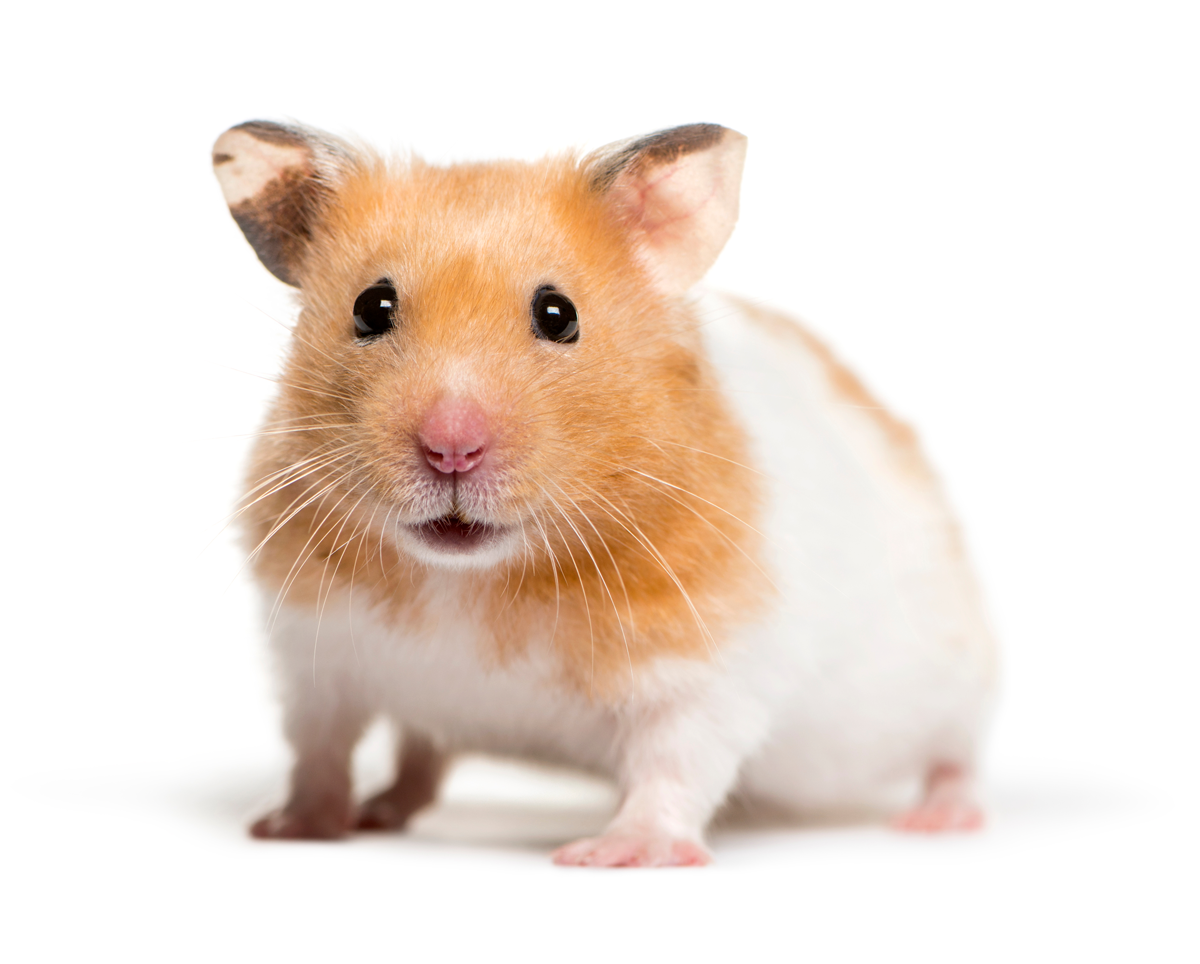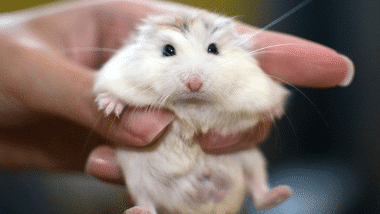Best Hamster Breeds for Companionship
When it comes to choosing a pet, hamsters are often a top choice for those seeking a small, furry companion. However, not all hamster breeds are created equal. Certain breeds are more sociable and affectionate than others, making them better companions. In this article, we will explore the best hamster breeds for companionship, focusing on their personalities, care needs, and how to make the most of your time with them.
Popular Hamster Breeds for Companionship
Among the various hamster breeds, some stand out for their friendly nature and ease of handling. Notably, the **syrian hamster**, also known as the golden hamster, and several varieties of dwarf hamsters exhibit exceptional companionship qualities. Understanding the unique traits of these breeds can help potential pet owners make informed choices.
Syrian Hamster: The Affectionate Giant
The **syrian hamster** is perhaps the most popular breed among pet owners. Known for its larger size compared to other hamsters, this breed is very gentle and affectionate. They generally enjoy human interaction and can easily bond with their owners. A Syrian hamster needs a spacious cage and regular playtime outside its enclosure. Many owners find that their Syrian hamsters respond well to gentle handling and can even learn tricks over time.

Dwarf Hamsters: Social and Playful Companions
Dwarf hamsters, including the **Roborovski** and **Campbell’s dwarf hamster**, are another excellent choice for companionship. They tend to be more energetic and curious than their larger counterparts. While they may be smaller, they can have large personalities and enjoy interactive play. It’s essential to ensure that cages for dwarf hamsters are securely closed, as these little ones are adept at escaping. Regular socialization will increase their comfort level with handling.
Characteristics of Companion Hamsters
When selecting the best hamster breed for companionship, it’s crucial to understand their behavior and environmental needs. **Hamsters are nocturnal**, meaning they are more active at night and might require some adjustment from their owners. Additionally, some breeds have unique characteristics and care requirements that should be considered before bringing one home.
Active and Friendly Behavior
Many hamster species are playful, and the bond they form with their owners can be delightful. Particularly, Syrian hamsters show a strong desire for interaction, as they often engage in lively activities when they’re awake. Dwarf hamsters are noted for their social nature as well; however, encourage them to build camaraderie over time. On another note, proactive playtime increases opportunities for both bonding moments and ensuring hamsters receive adequate physical activity.
Choosing the Right Environment
Creating a suitable habitat for your hamster significantly contributes to their companionship qualities. A well-ventilated cage with ample space and enriching toys can promote a healthy lifestyle. Use appropriate bedding for comfort, return to their environment routinely to interact, and stick to a daytime schedule where the hamster can have social time after resting. Think about creating a hamster-safe play area free from hazards to foster fun interactions!
Tips for Bonding with Your Hamster
Bonding with your hamster fosters mutual trust and affection. Whether you have a Syrian hamster or a dwarf breed, follow these effective tips to enhance your companionship.
Regular Handling and Interaction
Consistent handling is essential for building a relationship with your hamster. To help them feel secure, let them explore your hands in their cage. Gradually pick them up and hold them, ensuring their comfort every step of the way. Approach your hamster calmly to prevent startling them; positive experiences lead to a stronger bond. Spending quality time from day one instills confidence in your pet and encourages exhibited companionship behaviors.
Creating a Comfortable Environment
Ensure their environment is not just spacious but also comfortable. Provide soft nesting materials, chew toys, and tunnels for exploration. Retreat from loud noises and bright lights during the day when they naturally rest to make them feel safe. A soothing environment coupled with gentle handling and soft talk reassures them that they are in a nurturing space, fostering a deeper bond over time.
Conclusion
Both Syrian and dwarf hamsters can make remarkable companions, given their engaging personalities and sociable behavior. With the right living conditions, regular handling, and a commitment to bonding, your hamster can thrive as a beloved member of your family. Remember, the key to fostering an enduring connection lies in understanding and adapting to their needs, ensuring a happy and healthy pet experience.
FAQ
1. Which hamster breeds are the most social?
The most social breeds include the **syrian hamster** and **Roborovski dwarf hamster**. These species are known for their docile behavior and interactions with humans. Their affectionate nature and tendency to seek companionship make them ideal pet choices.
2. How can I tell if my hamster is happy?
Signs of a happy hamster include vigorous activity during playtime, a clean and organized cage, and a willingness to interact. If your hamster seems active and curious around you, it’s generally a good sign that they feel secure and happy in their environment.
3. What do I need to include in my hamster’s cage?
A well-equipped hamster cage should include nesting materials, **chew toys**, a sturdy wheel for exercise, tunnels for exploration, and a diverse diet. A safe environment stimulates their natural behavior and contributes to their emotional wellbeing.
4. Are hamsters suitable for children?
Yes, hamsters can be suitable pets for children, but it’s crucial to supervise interactions. Teaching children how to handle them gently will foster a safe bond. Always check that kids understand the proper care required for hamsters.
5. How often should I handle my hamster?
Aim to handle your hamster daily, particularly in the evening when they are most active. Gradually increase the handling time based on their comfort level. Regular interaction enhances bonding and promotes a trusting relationship.
